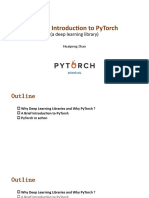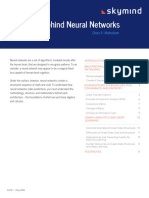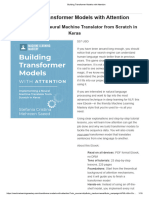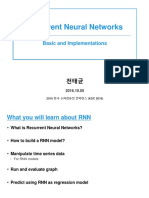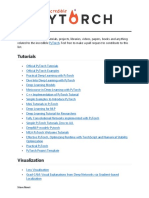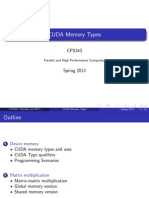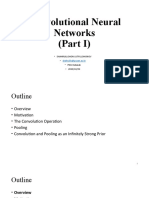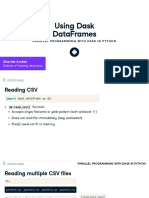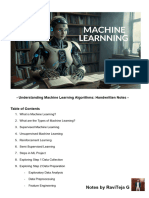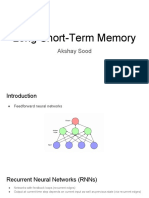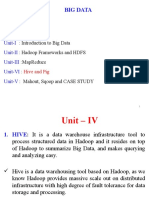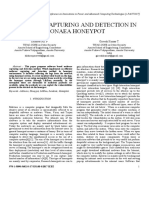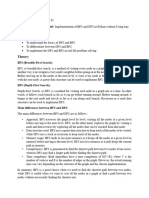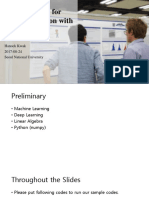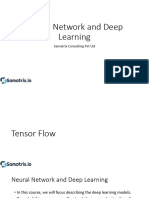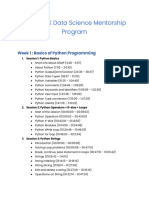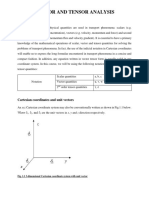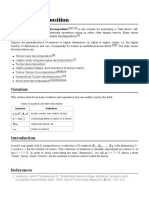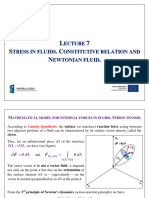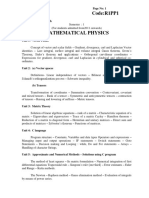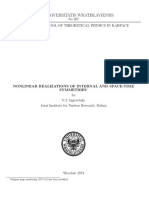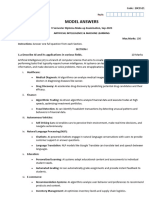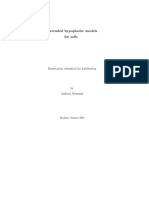100% found this document useful (1 vote)
572 views65 pages01 - Lecture Slide - Overview of Tensorflow
Tensorflow Basic slide, part of Stanford University
Uploaded by
Ravneet PuniaCopyright
© © All Rights Reserved
We take content rights seriously. If you suspect this is your content, claim it here.
Available Formats
Download as PPTX, PDF, TXT or read online on Scribd
100% found this document useful (1 vote)
572 views65 pages01 - Lecture Slide - Overview of Tensorflow
Tensorflow Basic slide, part of Stanford University
Uploaded by
Ravneet PuniaCopyright
© © All Rights Reserved
We take content rights seriously. If you suspect this is your content, claim it here.
Available Formats
Download as PPTX, PDF, TXT or read online on Scribd
/ 65


